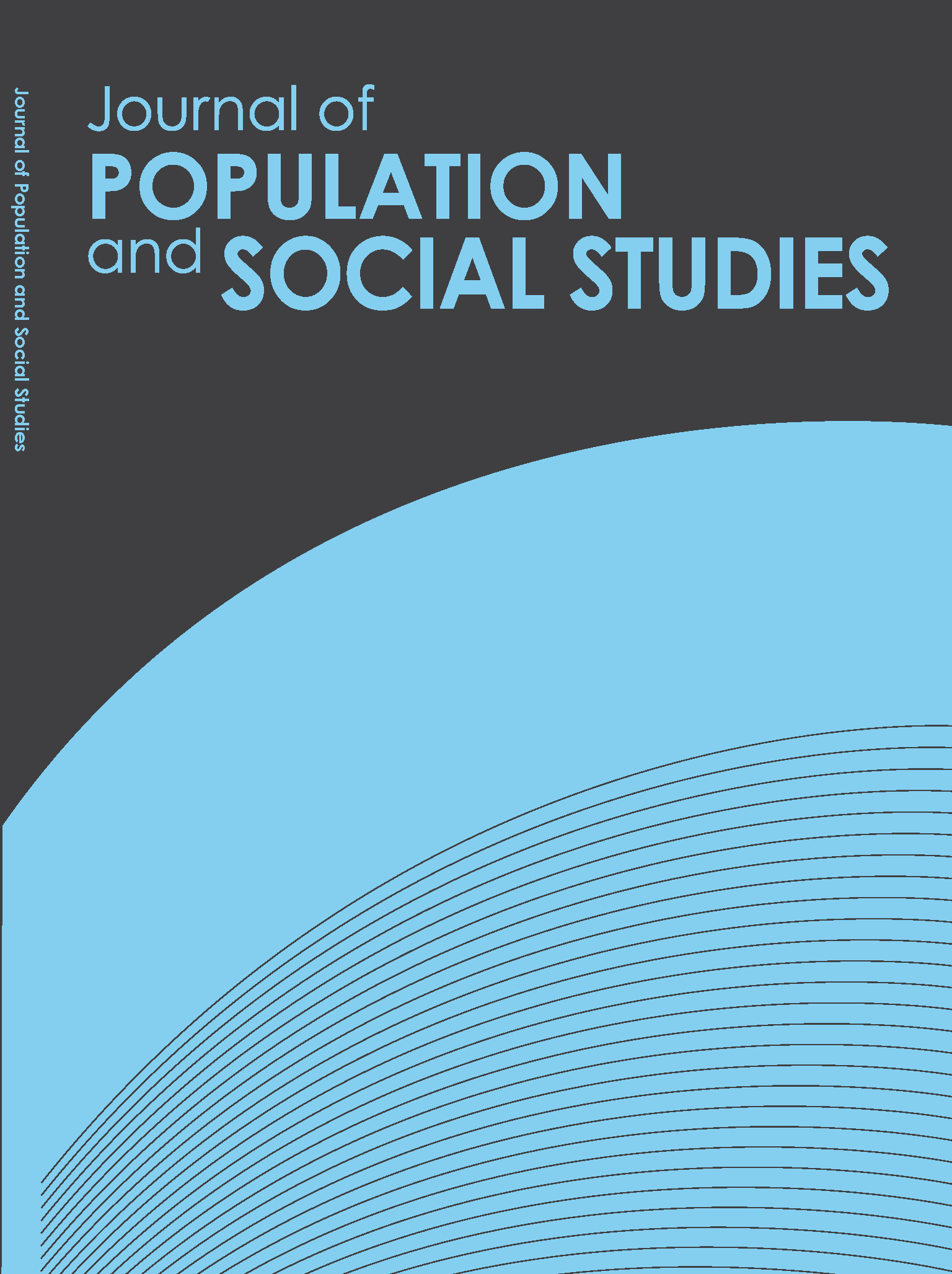A Monte Carlo Analysis on the Security and Health Benefits of Physical Exercise for Thai Baby Boomers
Main Article Content
Abstract
Monte Carlo simulation is applied to measure exactly to what degree regular physical exercise helps Thai baby boomers to improve family security (the ability to support loved ones) and health (freedom from sickness), which are ranked highest in their generational value system. The analysis examines comprehensive retirement planning, which incorporates stochastic lifetime incomes, expenses, savings and investment returns together with mortality and morbidity data. Based on 5,000 simulated scenarios, the study finds that regular exercise improves health and family security significantly. Longevity increases by almost two years, while the probability of being non-communicable disease (NCD)-free goes up to more than 18%. Although on average Thai baby boomers are income-deficient and their bequests are negative, regular exercise can lessen negative bequests by more than 150,000 baht. Exercise offers much higher benefits if baby boomers start it early in their lives.
Article Details
References
Albanes, D., Blair, A. & Taylor, P. R. (1989). Physical activity and risk of cancer in the NHANES I population. American Journal of Public Health, 79(6), 744-750. doi: http://dx.doi.org/10.2105/ajph.79.6.744
Budsaratrakul, P. (2014). Determining income sufficiency from saving and investment in retirement planning: A case of Government Pension Fund members (การศึกษาปัจจัยที่ส่งผลต่อความเพียงพอของรายได้จากการออมและลงทุนเพื่อเกษียณอายุ: กรณีศึกษาสำหรับสมาชิก กบข.). Working Paper. Bangkok: Chulalongkorn Business School.
Carmichael, G. A. (2011). Exploring Thailand’s mortality transition with the aid of life tables. Asia Pacific Viewpoint, 52(1), 85-105. doi: http://dx.doi.org/10.1111/j.1467-8373.2010.01436.x
Carreras, M., Ibern, P., Coderch, J., Sanchez, I. & Inoriza, J. M. (2013). Estimating lifetime healthcare costs with morbidity data. BMC Health Service Research, 13(1), 440. doi: http://dx.doi.org/10.1186/1472-6963-13-440
Carter, C. T., Goren, A., Naim, A. & Martin, S. (2012). Psoriasis and psoriatic arthritis patient productivity burden in the United States. Journal of the American Academy of Dermatology, 66(4), AB7. doi: http://dx.doi.org/10.1016/j.jaad.2011.11.038
Caspersen, C. J., Powell, K. E., & Christenson, G. M. (1985). Physical activity, exercise, and physical fitness: Definitions and distinctions for health-related research. Public Health Reports, 100(2), 126-131. Retrieved from http://www.ncbi.nlm.nih.gov/pmc/articles/PMC1424733/
Cho, H., Howlader, E., Mariotto, A. B. & Cronin, K. A. (2011). Estimating relative survival for cancer patients from the SEER program using expected rates based on Ederer I versus Ederer II method. NCI Technical Report. Retrieved from http://surveillance.cancer.gov/reports/
De Nardi, M., French, E. & Jones, J. (2009). Why do the elderly save? The role of medical expenses. Working Paper. Massachusetts: National Bureau of Economic Research.
Goetzel, R. Z., Long, S. R., Ozminkowski, R. J., Hawkins, K., Wang, S. & Lynch, W. (2004). Health, absence, disability, and presenteeism cost estimates of certain physical and mental health conditions affecting U.S. employers. Journal of Occupational and Environmental Medicine, 46 (4), 398-412. doi:


